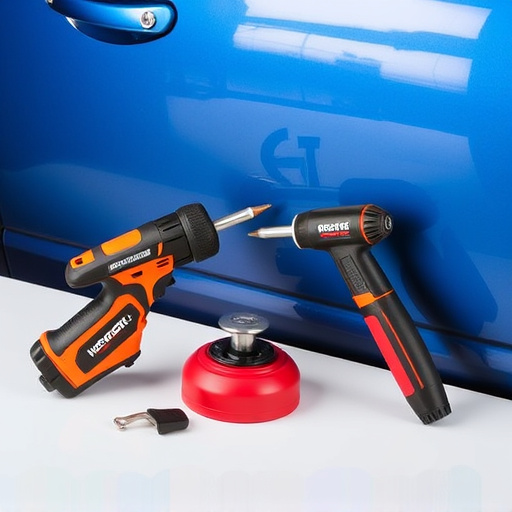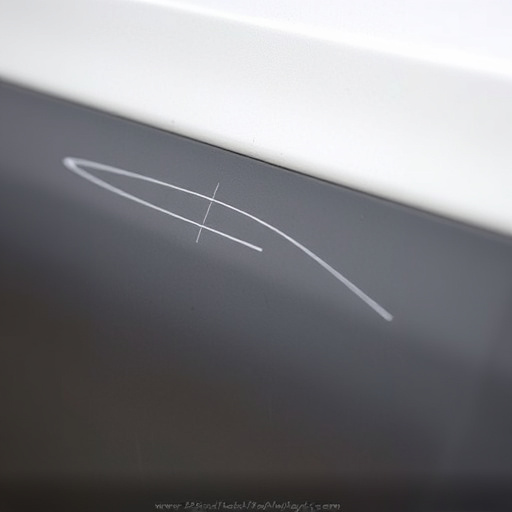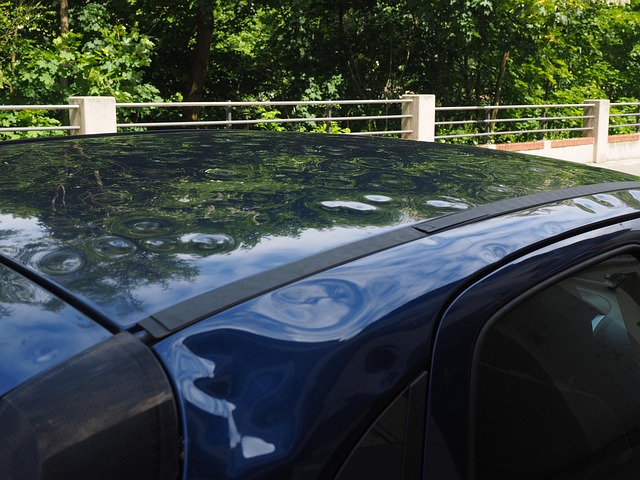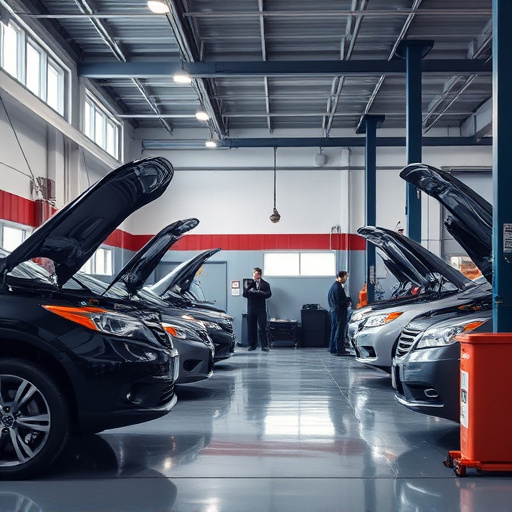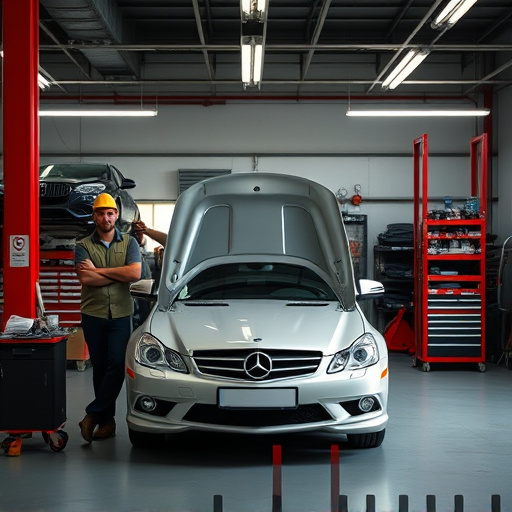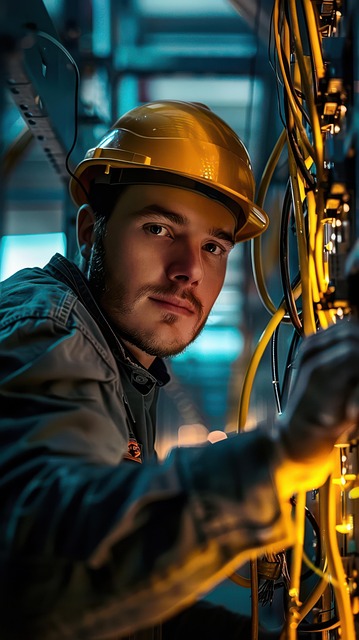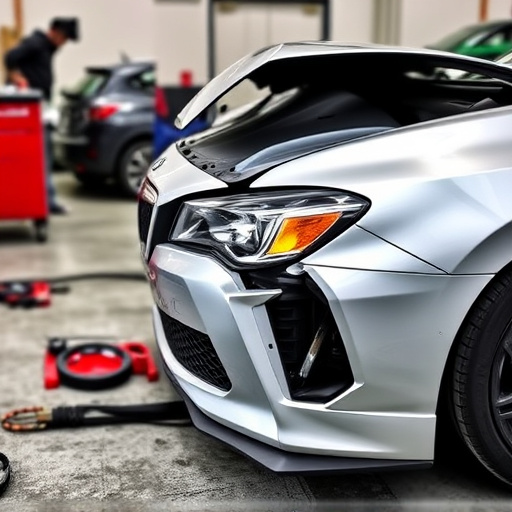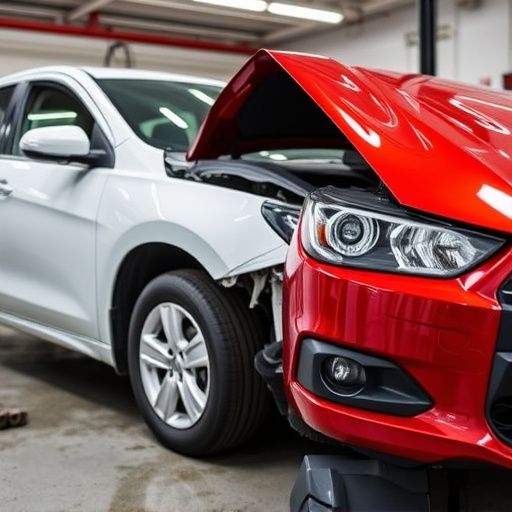Environmental factors critically impact auto collision center repair craftsmanship quality, often overlooked but essential. Using eco-friendly materials, sustainable practices, and adhering to strict environmental standards ensures durable, aesthetically pleasing repairs, reducing material degradation from air pollution and harmful chemicals. Modern, energy-efficient tools further enhance sustainability and efficiency. Prioritizing environmental stewardship alongside exceptional repair craftsmanship quality elevates facility reputation, attracting customers seeking both high-quality work and eco-conscious operations.
In today’s world, environmental considerations are no longer niche concerns but integral parts of everyday life, including the realm of craftmanship. This article explores how understanding and mitigating environmental impacts can enhance repair craftsmanship quality. We delve into strategies such as sustainable material and tool choices, eco-conscious practices, and their role in preserving the artistry and longevity of repairs. By embracing these principles, folks can contribute to a greener future while upholding high standards in their craft.
- Understanding Environmental Impact on Repairs
- Sustainable Materials and Tools for Craftsmanship
- Preserving Quality Through Eco-Conscious Practices
Understanding Environmental Impact on Repairs
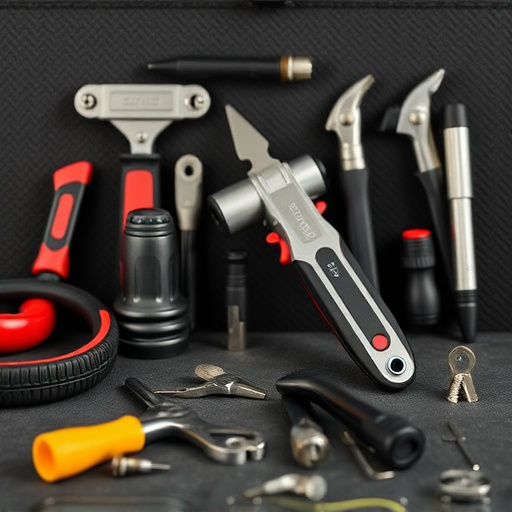
The environment plays a significant role in shaping the quality of repair craftsmanship, often overlooked but crucial to consider. In the context of an auto collision center or autobody repairs, environmental factors can greatly impact the outcome and longevity of bumper repair work. For instance, air pollution and exposure to harmful chemicals can degrade materials used in repairs over time, affecting their durability and aesthetics.
Understanding these impacts is essential for maintaining high-quality repair craftsmanship. By choosing eco-friendly materials, adopting sustainable practices, and adhering to strict environmental standards, professional technicians can ensure that autobody repairs not only restore vehicles to their pre-accident condition but also contribute positively to the overall health of the environment. This approach aligns with the broader goal of preserving the beauty and functionality of vehicles while minimizing ecological footprints, ultimately enhancing the reputation of repair services through responsible and high-quality workmanship.
Sustainable Materials and Tools for Craftsmanship
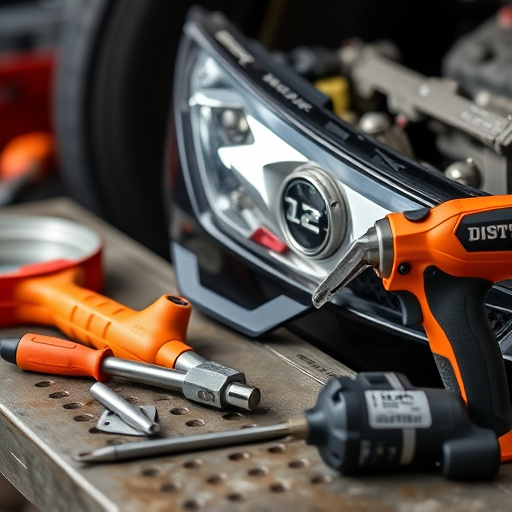
In the pursuit of maintaining high repair craftsmanship quality, environmental considerations play a pivotal role. One key aspect is the adoption of sustainable materials and tools. By opting for eco-friendly alternatives in car dent repair, autobody repairs, and auto collision centers, professionals can significantly reduce their carbon footprint. For instance, using recycled metal for body panels not only minimizes waste but also ensures durability, mirroring the original craftsmanship. Additionally, choosing biodegradable or non-toxic cleaning agents and adhesives further contributes to a cleaner, greener workspace without compromising on repair quality.
These sustainable practices extend beyond materials to include tools as well. Many modern tools are designed with sustainability in mind, featuring durable yet lightweight materials that reduce energy consumption during use. Furthermore, the use of solar-powered equipment or battery-driven alternatives minimizes reliance on fossil fuels, aligning with the industry’s broader move towards a more environmentally responsible future. This not only benefits the planet but also enhances the overall efficiency and cost-effectiveness of repair processes, ensuring that repair craftsmanship quality remains exceptional while upholding ethical environmental standards.
Preserving Quality Through Eco-Conscious Practices
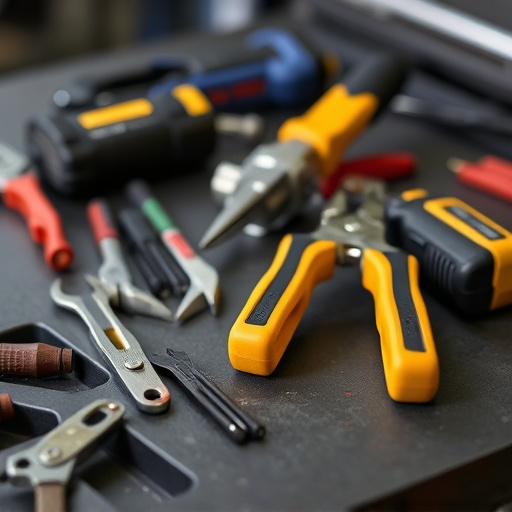
In the pursuit of maintaining exceptional repair craftsmanship quality, eco-conscious practices play a pivotal role in preserving the environment while upholding high standards. Many modern auto collision centers and collision repair shops are adopting sustainable strategies to reduce their environmental footprint. These include utilizing eco-friendly materials—like recycled and non-toxic paints and adhesives—that not only minimize pollution but also ensure superior work quality.
Implementing green technologies is another key approach, with many luxury vehicle repair facilities investing in energy-efficient equipment that reduces greenhouse gas emissions. Moreover, proper waste management is essential; recycling metal scraps, discarding hazardous substances responsibly, and repurposing materials contribute to a circular economy. These practices not only benefit the planet but also enhance the overall reputation of the shop, appealing to environmentally conscious customers who value sustainability alongside top-tier repair craftsmanship quality.
By prioritizing environmental considerations, repair professionals can ensure the continued excellence of their craftsmanship. Adopting sustainable materials and eco-conscious practices not only benefits the planet but also enhances the longevity and durability of repairs. This holistic approach to maintenance ensures that the tradition of high-quality repair craftsmanship remains vibrant for future generations, fostering a greener and more resilient community.


